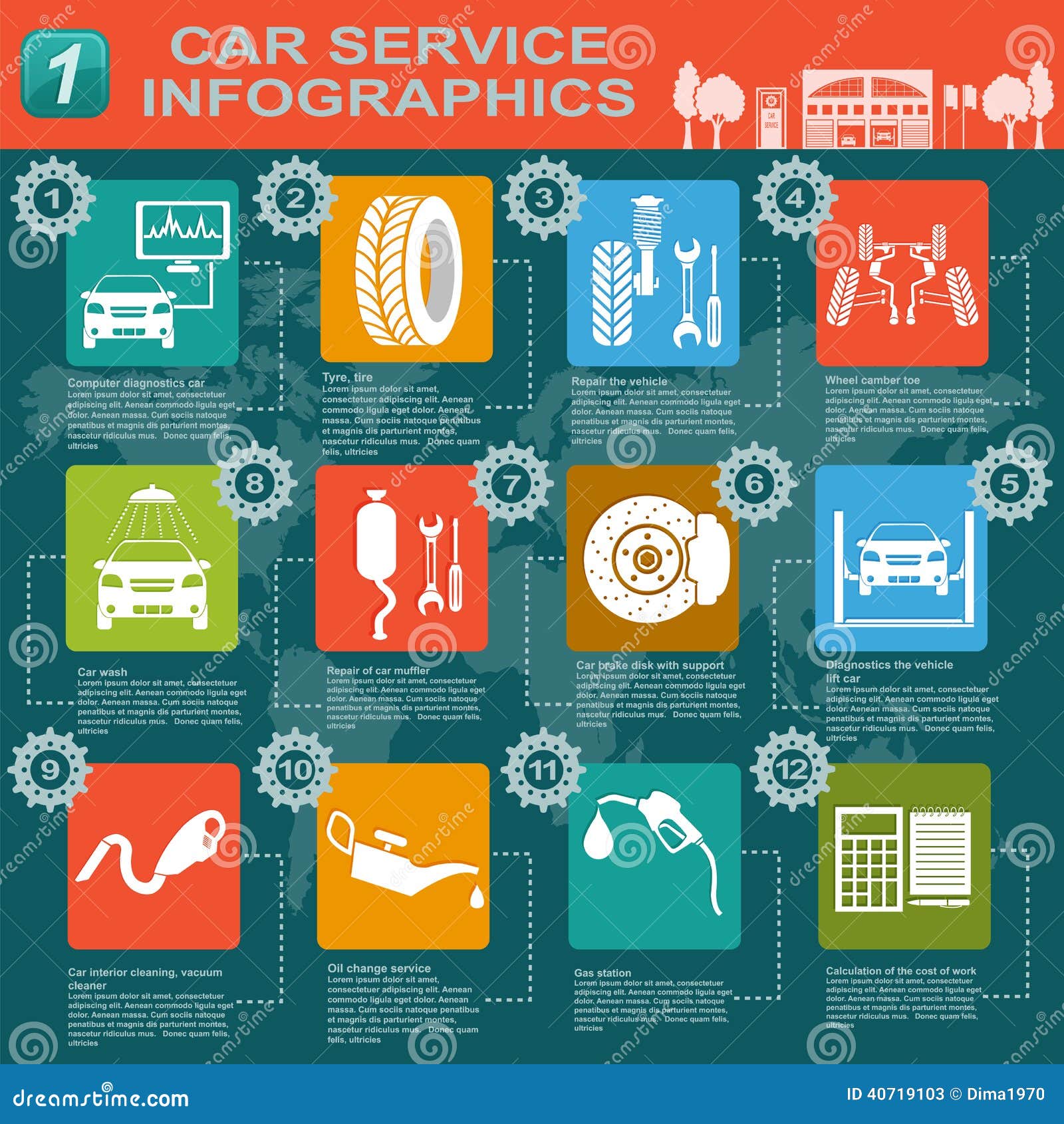Analyzing Your Vehicle'S Caution Indicators: What They Actually Convey
Analyzing Your Vehicle'S Caution Indicators: What They Actually Convey
Blog Article
Post Created By-Lim Forbes
When you lag the wheel, those radiant warning lights on your dashboard can be a bit difficult. Do you understand what they're trying to tell you about your car's health? Comprehending the importance of these lights is important for your safety and the longevity of your car. So, the next time among those lights turns up, would not you want to understand its message precisely and take the necessary actions to resolve it?
Common Warning Lights and Interpretations
Determine usual warning lights in your vehicle and understand their meanings to make certain risk-free driving.
One of the most regular warning lights consist of the check engine light, which signifies concerns with the engine or emissions system. If this light comes on, it's essential to have your lorry examined immediately.
The oil pressure advising light shows low oil stress, needing prompt interest to stop engine damages.
A blinking battery light could suggest a malfunctioning billing system, potentially leaving you stranded if not dealt with.
The tire stress surveillance system (TPMS) light signals you to low tire stress, influencing automobile stability and fuel performance. Ignoring this can lead to dangerous driving problems.
The ABS light suggests a problem with the anti-lock stopping system, endangering your ability to stop rapidly in emergencies.
Finally, the coolant temperature level alerting light warns of engine getting too hot, which can lead to extreme damage otherwise solved promptly.
Recognizing these usual warning lights will assist you resolve problems immediately and maintain safe driving problems.
Significance of Prompt Interest
Comprehending the typical warning lights in your automobile is just the primary step; the significance of without delay dealing with these warnings can't be emphasized sufficient to guarantee your safety and security when traveling.
When a caution light illuminates on your control panel, it's your auto's means of communicating a potential issue that requires focus. Ignoring these cautions can bring about a lot more extreme problems in the future, jeopardizing your safety and potentially costing you more in repairs.
Motivate interest to warning lights can avoid breakdowns and crashes. For instance, a blinking check engine light can suggest a misfire that, if left ignored, could trigger damage to the catalytic converter. Addressing this without delay can save you from a costly repair work.
Likewise, a brake system advising light could signify low brake fluid or used brake pads, essential parts for your safety and security when driving.
DIY Troubleshooting Tips
If you observe a caution light on your control panel, there are a few DIY repairing tips you can attempt before seeking specialist assistance.
read page is to consult your cars and truck's manual to comprehend what the particular caution light shows. Often marine detail can be as basic as a loosened gas cap causing the check engine light. Tightening the gas cap may deal with the issue.
Another typical problem is a low battery, which can activate numerous warning lights. Examining the battery links for corrosion and ensuring they're secure might deal with the trouble.
If a caution light continues, you can try resetting it by disconnecting the auto's battery for a couple of minutes and then reconnecting it. Additionally, examining your vehicle's liquid levels, such as oil, coolant, and brake liquid, can assist troubleshoot warning lights connected to these systems.
Conclusion
To conclude, recognizing your cars and truck's warning lights is crucial for keeping your vehicle running efficiently and securely. By immediately addressing these notifies and understanding what they mean, you can prevent pricey repair services and prospective breakdowns.
Keep in mind to consult your auto's manual for specific information on each warning light and take action appropriately to make certain a trouble-free driving experience.
Remain notified, stay risk-free when driving!
